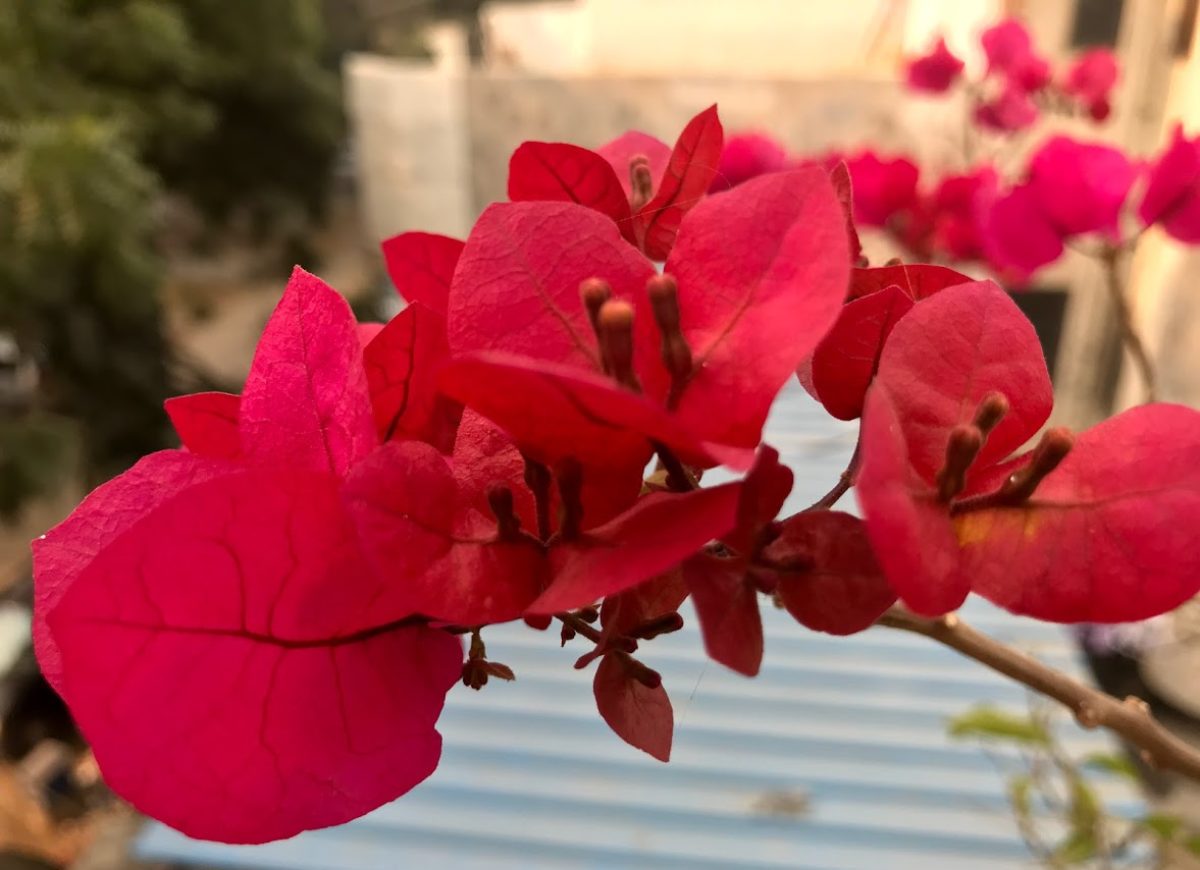OBJECTIVE
What should be the objective of Indoor Gardening?
To add a fresh dimension to your interior, coupled with environmental healthy air to breathe & giving back something to the mother nature. After all, plants came into existence much before humans did! Don’t you agree?
Plant & Types:
Now comes the main thing. Which plant? Now here is what I am suggesting based on my experience and this is tried and tested, so you can be 100% sure, this will work in your case as well.
A) The Spider Plant
 Botanical name: Chlorophytum comosum
Botanical name: Chlorophytum comosum
This plant is very easy to grow and can survive with minimal care. While it can grow both indoors and outdoors, it is really one hardy plant, for which you just need to water occasionally, and luckily does not invite any pests or fungal infection. Even the propagation and multiplication of the plant is tad easy, so if you have one, and can manage to take care of it till it fluoresces, you can create multiple spider plants out of one.
Trivia: This plant also gets featured as one of the air purifying plants, based on study conducted by NASA.
This gives one more reason of growing and cultivating this plant in your homes.
How to propagate?
These hardy plants are very easy to propagate once inflorescence sets in. These inflorescence carry plantlets at their tips, which can be easily be separated and planted in soil, as they produce fresh roots a their base. See images below.

B) Dieffenbachia
 Botanical name: Dieffenbachia sp.
Botanical name: Dieffenbachia sp.
This plant species is also very easy to grow and is a low maintenance plant. One can grow it indoors as well as outdoors. However, to have a healthy foliage, they need an indirect sunlight, otherwise the plant will show stunted growth and leaves may start to turn yellow and wilt. These are also known as Dumb Cane.
Dieffenbachia are very easy to propagate, even though they flower. The Dumb Cane does flower indoors every once in a while but they can never match the impressive and splendor of the foliage, so don’t worry if yours isn’t producing flowers. Just by mere cutting the stems, and ensuring the cut part has nodes, and planting in the soil will facilitate root formation within few weeks, and you can re-pot the plant if required.

This plant has several species, and each has it’s distinct attractive foliage and designs.
C) Spathiphyllum (Peace Lily)
Botanical Name: Spathiphyllum
Evergreen herbaceous perennial plants which are commonly also known as Peace Lily. The flowers are produced in a spadix, surrounded by a 10–30 cm long, white, yellowish, or greenish spathe. The plant does not need large amounts of light or water to survive. Because of this very reason, Peace lily can be grown as one of the indoor plants.
As spider plant, Spathiphyllum also is featured as one of the air purifying plants by NASA’s clean air study, which is known to remove indoor air of certain environmental contaminants, like benzene and formaldehyde.
Trivia: Though personal, but this plant was chosen to be the subject for my Master’s thesis. I was to develop regeneration protocol for this plant, so as to enable it to be used for molecular transformation studies later. However, since the plant was sparsely available for experimental purposes around the campus, we decided not to pursue with this topic.pathiphyllum like Dieffenbachia has several species as well.
D) Sansevieria (Snake Plant)
Botanical Name: Sansevieria
It is an evergreen perennial plant forming dense stands, spreading by way of its creeping rhizome, which is sometimes above ground, sometimes underground, and is also commonly known as snake plant or mother-in-law’s tongue. Again , this plants finds a mention in the NASA clean air study, and is known to remove 4 of the 5 main toxins.








